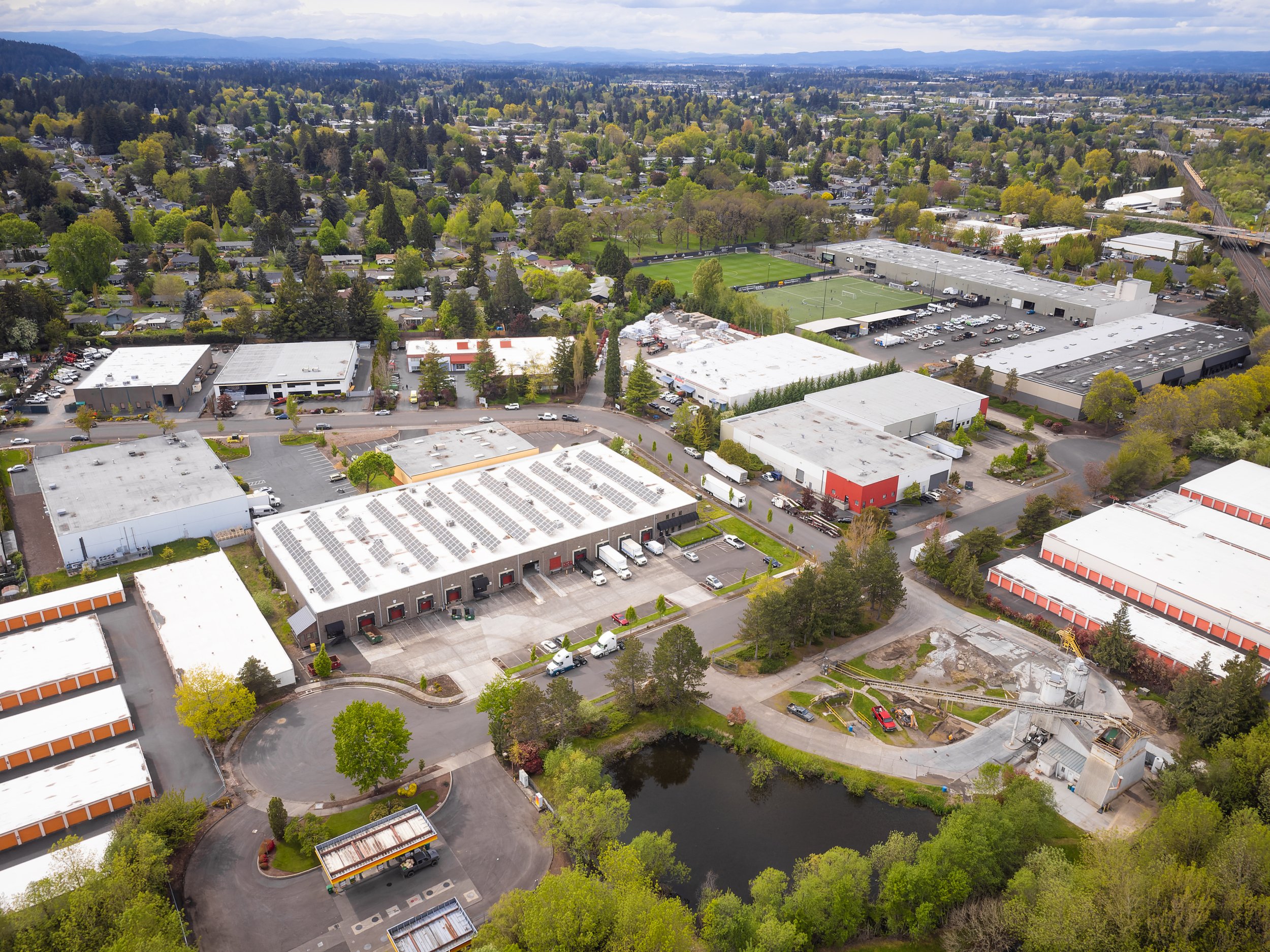Supporting the Office of the Geographer and Global Issues
Building Geospatial Capacity in Cities across the Globe
Today, 56% of the world's population lives in cities, and this trend is expected to continue. However, most people do not live in the big cities whose names we know (think Mumbai, London, Cairo), but rather in what are known as "secondary cities." While definitions for this term vary, what is clear is they are the fastest growing urban areas in developing countries. These cities are unique environments that experience unplanned and informal growth patterns, making it difficult to secure and sustain themselves. Given that most people live in these cities, improving the resilience of these cities is critical. See the story map for more info.
Secondary cities have generally been poorly mapped, with limited data and information on infrastructure, land tenure, and planning.
We provided a Principal Investigator and a Humanitarian Research Analyst to create and facilitate the Secondary Cities (2C) initiative of the Office of the Geographer and Global Issues. Our Principal Investigator traveled to each regional hub, listening to regional stakeholders to understand unique challenges that geospatial analysis and technologies could help resolve. She helped build community capacity, training participants on data collection and open-source geospatial technologies. Our team’s support included translation services, collecting feedback, coordinating networking opportunities, and facilitating a collaborative knowledge base. With local geospatial capacity, secondary cities can develop the data needed for urban planning and resource management, building greater resilience and emergency preparedness.

“Principal Investigator, Dr. Melinda Laituri has been an innovator and promoter of geography and geographic education both at home and abroad and a relentless leader of many of GGI’s overseas partnerships (e.g., Secondary Cities, C2M2) with university and NGO partners. As someone who has spent time watching Melinda in action, I can personally attest to her excellence and love of teaching.” - Dr. Lee Schwartz, Geographer of the United States
· 16 self-sustaining GIS practice communities across 6 continents
· Collaborative Knowledge Base of 100+ items on participatory mapping, including documentation on tools, resources, and best practices
· Interactive map to display each city's ongoing GIS project and data: Secondary Cities (state.gov)
· 10+ international events and technical exchanges, where communities grew skills, shared data, and built professional networks
· Open Data Hub hosting a variety of free data for planning, urban planning, human security, emergency preparedness, and growing resiliency: Secondary Cities Hub
Related



